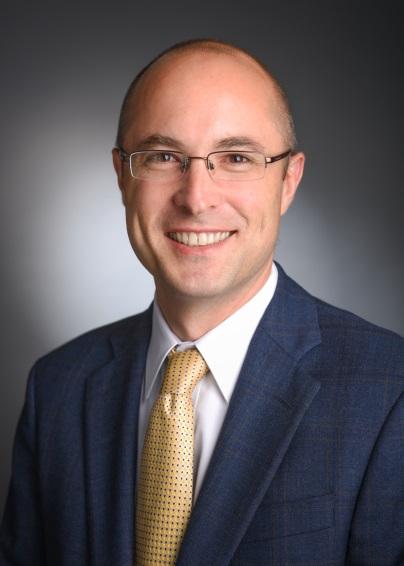Genomic features of AML in patients over age 60 can predict success of bone marrow stem cell transplant, research shows
Genomic profiles can be used to classify patients by risk of relapse after transplant
For older patients with acute myeloid leukemia (AML), the prospects for success of a stem cell transplant can often be predicted based on the particular set of genetic mutations within the tumor cells, investigators at Dana-Farber Cancer Institute and other research centers will report today at the 61st American Society of Hematology (ASH) Annual Meeting.
By analyzing AML tissue samples from 300 patients age 60 or older, the investigators found that mutations present in the samples at the time of diagnosis indicated whether patients were likely to receive a long-term benefit from a transplant or were likely to relapse. The results enabled researchers to establish criteria for low, high, and intermediate-risk groups of patients by the presence or absence of certain mutations in their leukemia cells.
The risk classification system stands to have an impact on how this group of patients is treated, according to the researchers. Patients at low genetic risk may be candidates for treatments that produce less toxicity. Patients at high risk might find it advantageous to join clinical trials of new approaches that can reduce the chance of relapse.
“A bone marrow stem cell transplant is curative in some older patients with AML, but toxicities and risk of relapse can be high,” said study first author H. Moses Murdock, a Research Fellow at Dana-Farber and student at the Perelman School of Medicine at the University of Pennsylvania. Murdock is a student in the lab of R. Coleman Lindsley, MD, PhD, physician in the Adult Leukemia Program at Dana-Farber and senior author of the study. “We wanted to explore whether genetics could be used to identify patients who are likely to do well with existing approaches and those who may benefit from alternative transplant strategies.”
In the study, researchers sequenced 112 genes in diagnostic AML samples from 300 patients age 60 or older who had undergone an allogeneic stem cell transplant at six U.S. transplant centers. All the transplants took place after patients had achieved their first remission with chemotherapy treatment.
The researchers then examined whether mutations – or lack of mutations – in any of these genes correlated with how patients fared after the transplant. They found that patients with a mutation in either TP53 or JAK2, or the presence of a FLT3-ITD (internal tandem duplication without an accompanying mutation in NPM1) had the highest risk of death or relapse. Patients without mutations in these genes but mutations in either DNMT3A or DDX41, or NPM1 (without an accompanying FLT3-ITD) were at low risk of relapse. Patients without high or low risk mutations were categorized as being at intermediate risk. After adjusting for clinical variables, only 5% percent of patients in the highest risk group were alive and free of leukemia after 3 years, compared to 70% of those in the lowest-risk group.
Of the patients studied, about 25% qualified as low risk, while about 16% were in the highest risk group.
“We’ve shown that genetic features of AML in older patients can predict outcomes after transplantation,” Murdock remarked. “Our findings will be useful in taking patients who are in remission and offering them the best path to a cure.”
Co-authors of the study are Haesook T. Kim, PhD, John Koreth, MBBS, DPhil, Vincent T. Ho, MD, Robert J. Soiffer, MD, Edwin P. Alyea III, MD, and Christopher J. Gibson, MD, of Dana-Farber; Bryan Hambley, MD, and Lukasz P. Gondek, MD, PhD, of Sidney Kimmel Comprehensive Cancer Center, Johns Hopkins University; Pankit Vachhani, MD, and Eunice S. Wang, MD, of Roswell Park Comprehensive Cancer Center; Nathan Denlinger, MS, DO, and Sumithira Vasu, MD, MBBS, of Ohio State University Wexner Medical Center; Shannon H. Gier, Shannon R. McCurdy, MD, and Martin Carroll, MD, of the University of Pennsylvania; Christina Cho, MD, and Miguel-Angel Perales, MD, of Memorial Sloan Kettering Cancer Center; and Steven Devine, MD, of the National Marrow Donor Program.
The presentation is scheduled for Session 732, Abstract 48, on Saturday, Dec. 7, at 8:45 a.m. EST, in Room W331, Level 3, of the Orange County Convention Center.
Complete details on Dana-Farber’s activities at ASH are available online at our American Society of Hematology (ASH) Annual Meeting page.
Media Contacts
If you are a journalist and have a question about this story, please call 617-632-4090 and ask to speak to a member of the media team, or email media@dfci.harvard.edu.
The Media Team cannot respond to patient inquiries. For more information, please see Contact Us.
